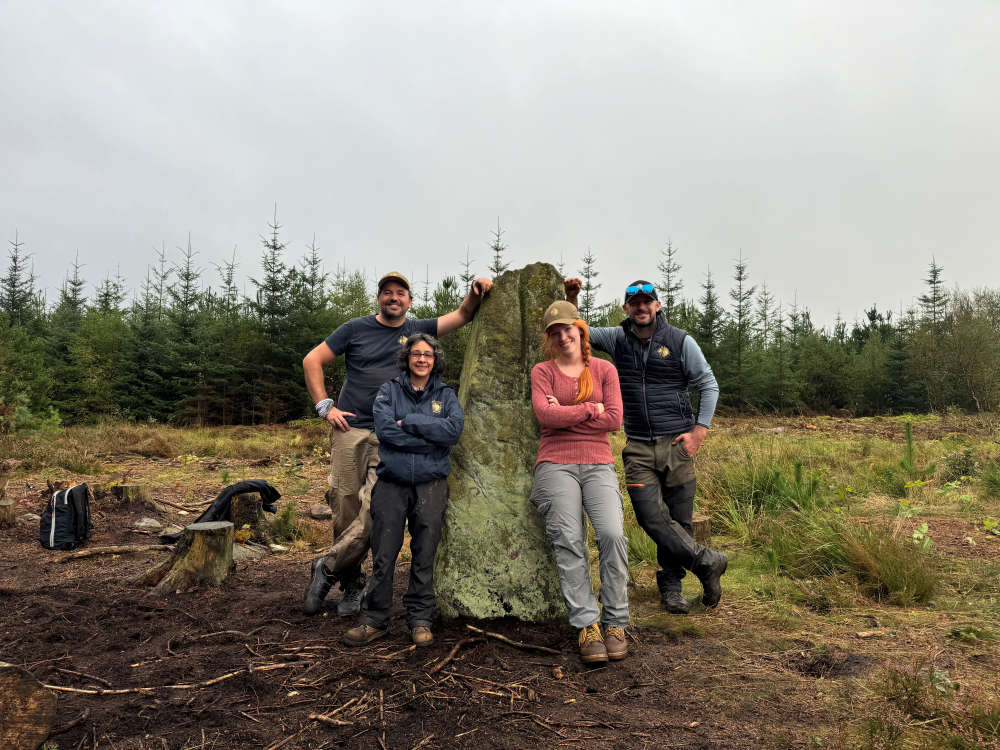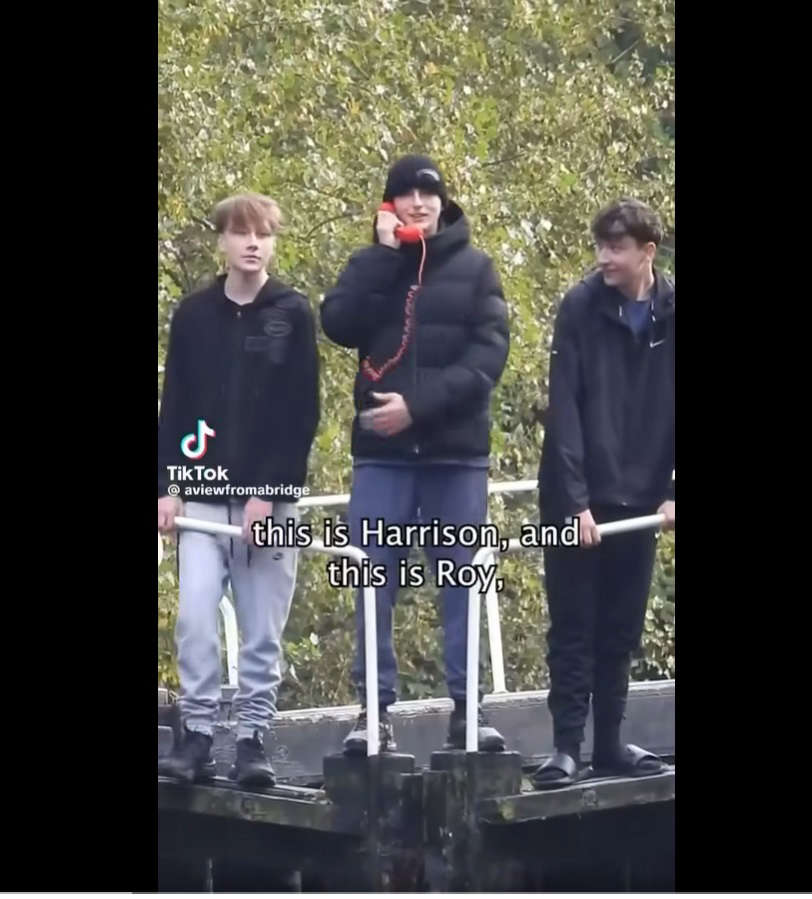
What have beavers, black grouse, pine martens and red-backed shrike all have in common? They are all species that are rarely or never seen in Derbyshire…but that could all change in the future.
The two species of bird, together with beavers and pine martens, have been identified by Derbyshire County Council and partner organisations including Derbyshire Wildlife Trust, as wildlife with the greatest potential to be reintroduced in the city and county.
It is all part of work to draw-up the first ever Local Nature Recovery Strategy for Derby and Derbyshire – a plan for how councils, businesses, landowners, land managers and other organisations will work together to make sure nature and habitats on our doorsteps can thrive and survive.
A further 11 species, including three types of bird (Hen Harrier, Ring Ouzel and Willow Tit), a butterfly, snake, toad, tree, a crustacean and three mammals, have been identified in the plan as those most in need of help to conserve their populations locally. They are:
- Adder
- Black Poplar tree
- Common Toad
- Hedgehog
- Hen Harrier
- Leisler’s Bat
- Ring Ouzel
- Water Vole
- White-clawed Crayfish
- White-letter Hairstreak butterfly
- Willow Tit
Measures identified in the draft strategy to help conserve or reintroduce species in Derby and Derbyshire include:
- Protecting key basking sites, birthing sites and summer foraging areas for adders.
- Increasing the planting of black poplar trees in suitable locations.
- Ensure new building development includes measures to reduce the negative impact on toads such as dropped kerbs, amphibian ladders, toad tunnels and fencing as well as ensuring new ponds are created to meet their needs.
- Creating hedgehog highways that connect green space and gardens within urban areas including gaps between new gardens in residential development.
- Supporting action to halt the illegal persecution of hen harriers.
- Install and monitor bat boxes in specific areas to encourage roosting and avoid felling mature trees, especially parkland trees where roosting opportunities are present.
- Increasing scrub and small tree cover on moorland edge to support Ring Ouzel.
- Restore more natural riverbanks in appropriate locations and avoid trampling and intensive grazing along the watercourse edge to help water voles to flourish.
- Protect existing populations of white-clawed crayfish and prioritise their habitat needs by achieving consistent, steady flows of good or very good quality water, as well as providing natural or artificial ‘refuges’ within river banks to offer opportunities to hide from predators.
- Protect elm trees, a main food source for white letter hair-steak butterflies, by retaining existing trees and establishing a nursery for disease resistant elm trees and planting in suitable locations.
- Improve the stability of Willow Tit populations, link up suitable habitats by creating or retaining scrub lined river corridors and mature hedgerows.
- Undertake feasibility studies into the reintroduction of beaver to Trent/Derwent and other catchments and reintroduce them to the wild once Government approval is gained.
- Carry out a feasibility study into the reintroduction of pine marten, red-backed shrike and black grouse in Derbyshire with a view to reintroducing them to suitable areas within 5 years.
Hundreds of people have already contributed to the Local Nature Recovery Strategy by looking at what could and should be done to improve the natural environment across the city and county, as well as identifying how and where work needs to take place, and there is still time for residents to have their say on the draft strategy as part of a public consultation which closed on 20th March.
To comment just fill in the online questionnaire at derbyshirenaturerecovery.co.uk/strategy/have-your-say
Derbyshire County Council’s Cabinet Member for Infrastructure and Environment, Councillor Carolyn Renwick, said: “Nature in Derbyshire needs our help. We need to take action now to protect our environment for tomorrow.
“We’ve looked at the location and condition of Derbyshire’s habitats to identify areas where biodiversity is in decline or the ecosystem is in need of a boost, and we’ve put together an action plan for how councils, businesses, landowners and other organisations will work together in the future to make sure nature and habitats on our doorsteps can thrive and survive.”
Councillor Renwick added: “When nature thrives, we all benefit, and you can help by telling us what you think of our Local Nature Recovery Strategy to help protect and prioritise nature in Derbyshire. Please take a look at our online consultation.”

 3,700-year-old stone circle discovered in Derbyshire forest
3,700-year-old stone circle discovered in Derbyshire forest
 Ilkeston youngsters post heartfelt video on a lack of activities, public perception, personal issues and future hopes
Ilkeston youngsters post heartfelt video on a lack of activities, public perception, personal issues and future hopes
 Empowering SEND Learners: A comprehensive engagement and support platform
Empowering SEND Learners: A comprehensive engagement and support platform




